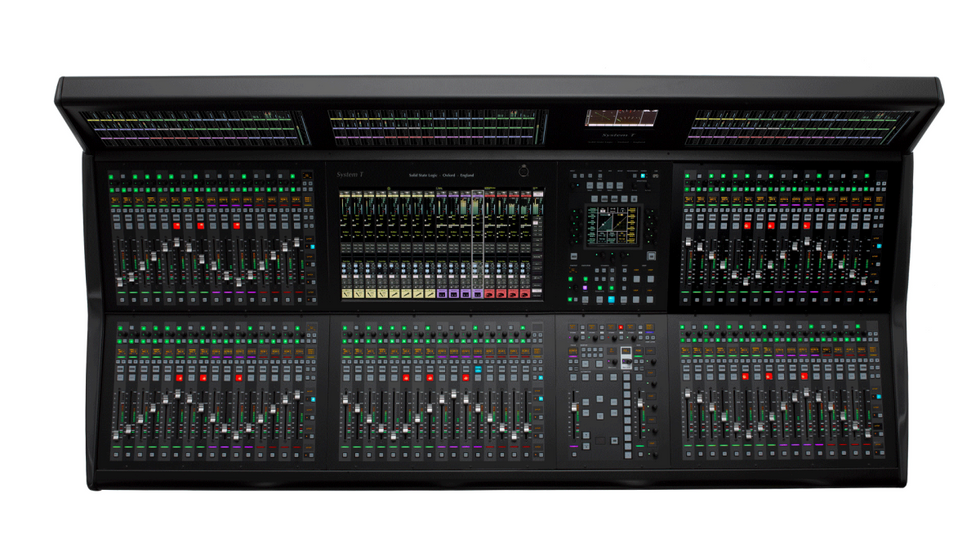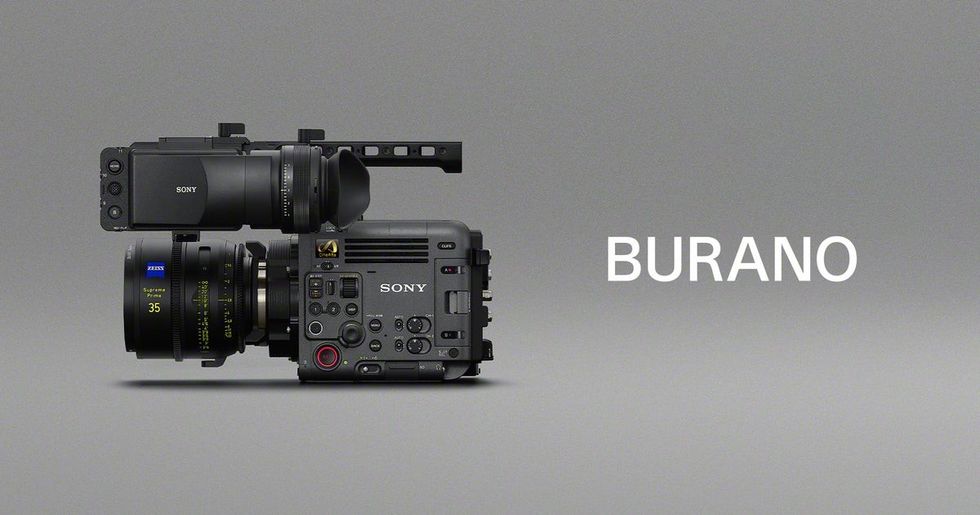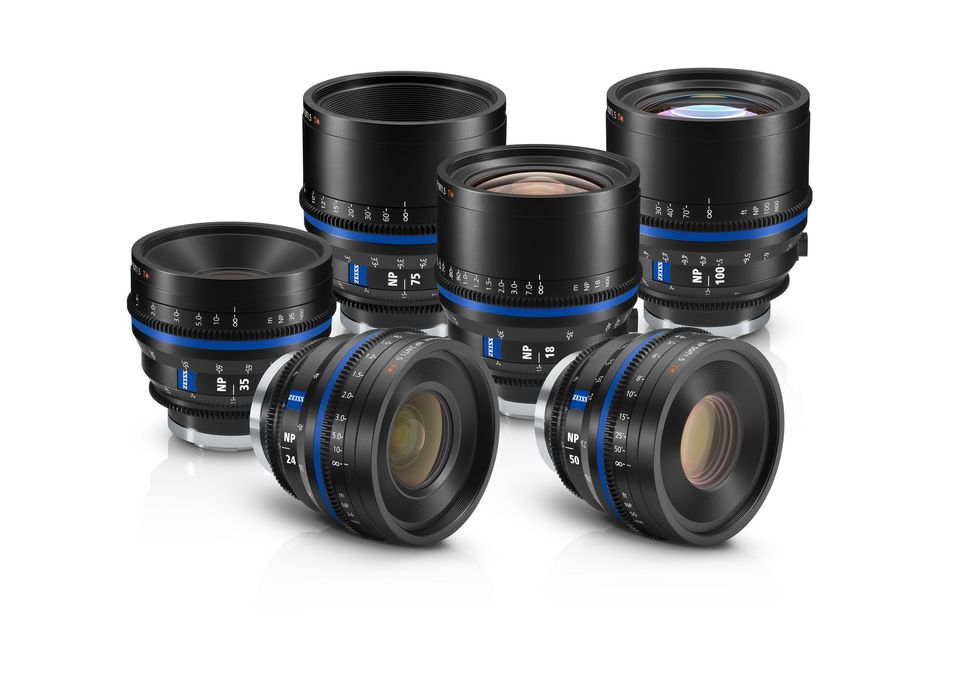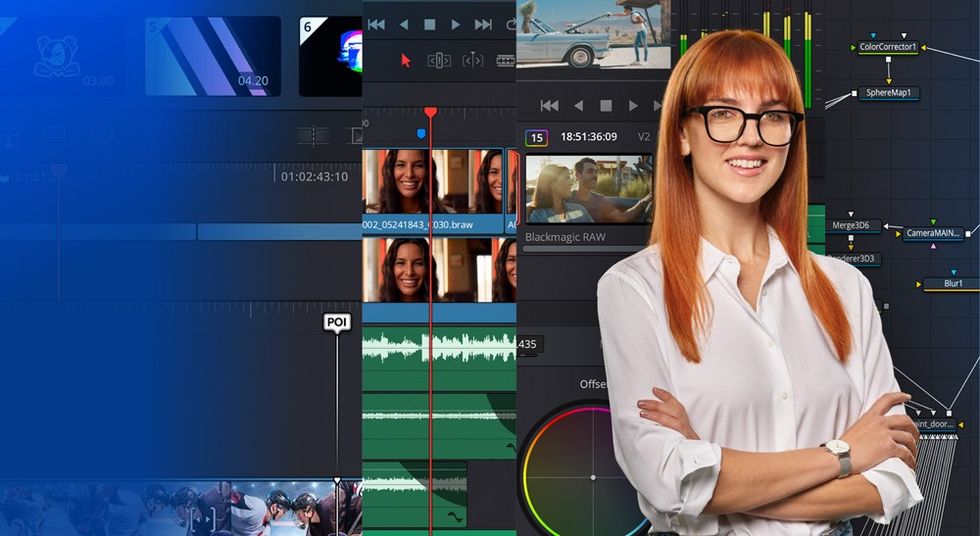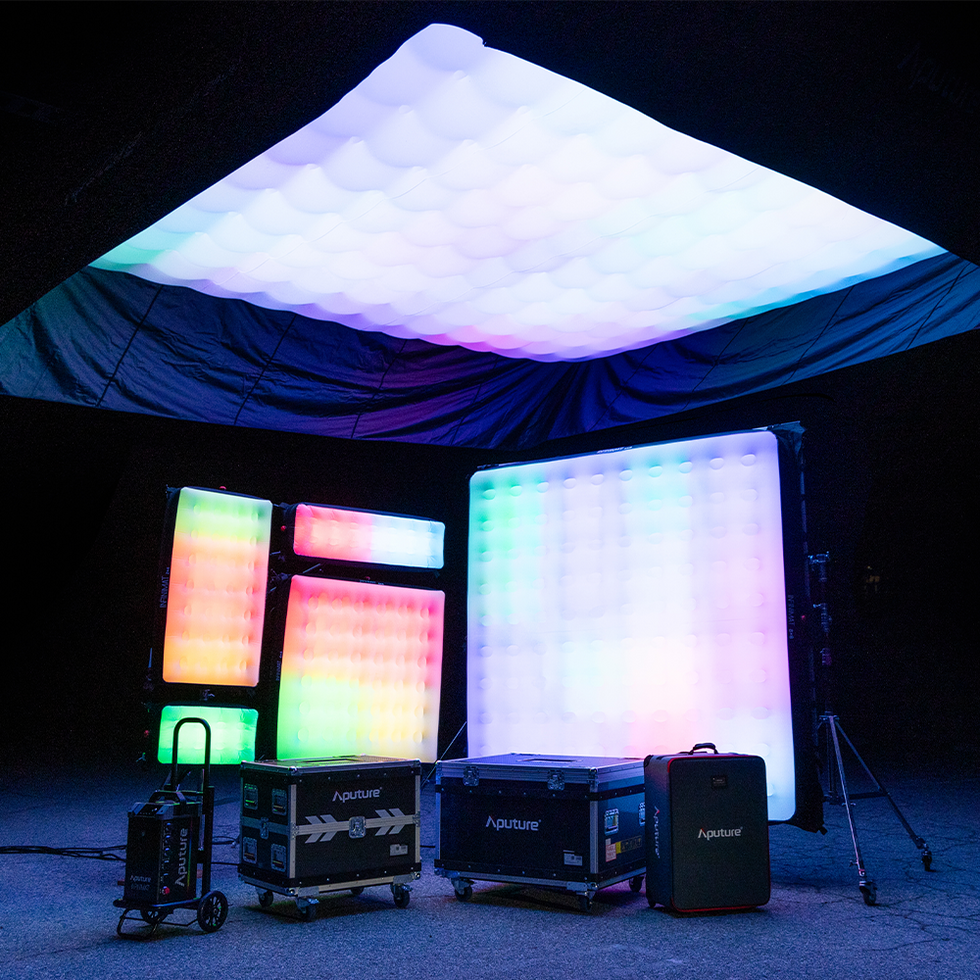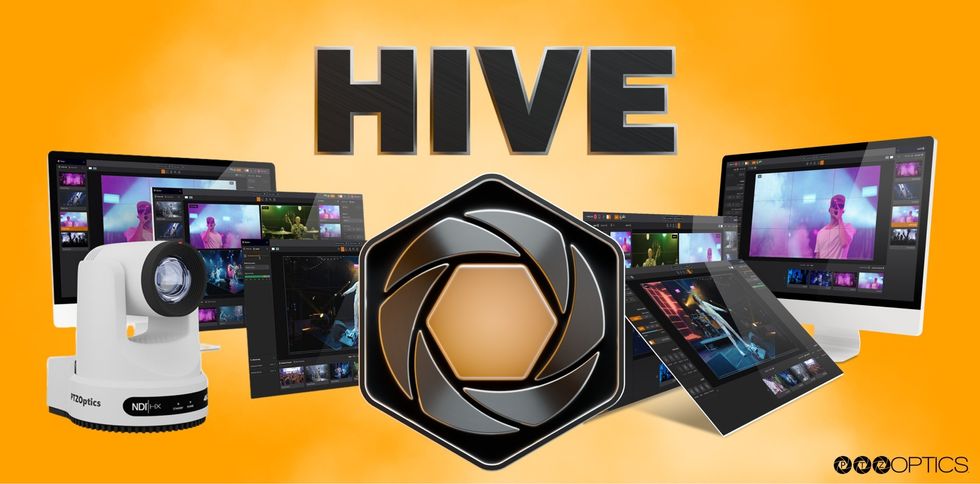How to Solve the Glare Issue When Lighting People with Glasses
"Glasses, we meet again." —Every Cinematographer Ever
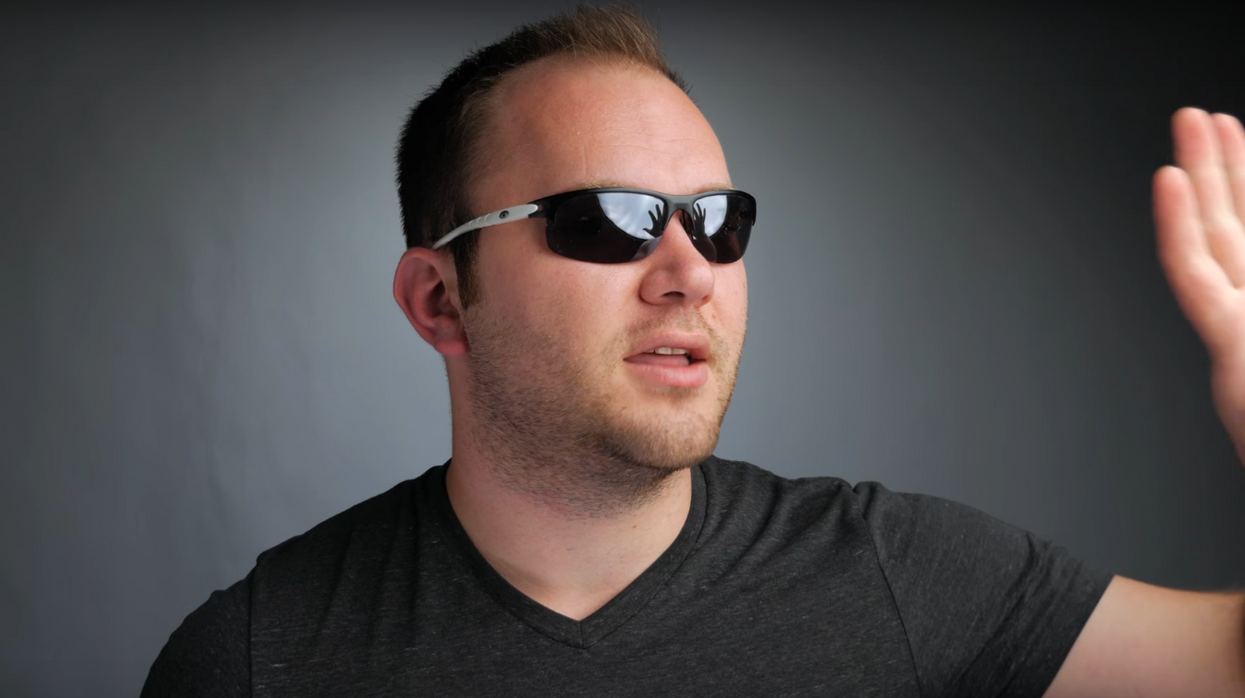
There's a reason why filmmakers try to avoid having subjects wear eyeglasses or shades while on camera if it's not necessary. It's not because people who wear glasses are dweebs—it's because getting rid of that damn glare from the lights can be a job and a half. However, unless you refuse to work with spectacled individuals, the situation is inevitable, so it might be wise for you to learn how to manipulate your lighting setup so effectively deal with reflections. Caleb Pike of DSLR Video Shooter shows you how in the video below.
Here are four things that will help you get rid of glare and reflections when lighting subjects wearing glasses.
Light positioning
Obviously, putting a light right in front of your subject's face is going to produce a reflection right in the middle of their glasses, so you're going to want to find a position/angle for your lights that 1.) eliminates that reflection, and 2.) still lights our subject in the way you want them to be lit.
As Pike explains in the video, you'll want to go "up and over" when you place your light, so raise your light high, angle it down, and position it off to the side of your subject until you don't see a reflection. Now, this might cause there to be a significant shadow on one side of your subject's face, but you can fill that in with a reflector (Pike uses a piece of white bead board).
Change your light source
Another thing you can do to fix this issue is use larger, softer light sources. You may still end up with some glare and reflection, but it won't be as noticeable as it would be if you used a small, harsh light.
Tilt your subject's glasses down
Your lights aren't the only things that you can reposition to get rid of glare—you can also tilt your subject's glasses down. You can ask your subject to simply tilt them down, but if for some weird reason that's not enough, you can try to pin the stems to your subject's hair (if they have enough) with bobby pins or tape them to your subject's head.
Use a polarizing filter
In some cases, a polarizing filter might help get rid of some of that glare. If the angle of incidence of the reflected light is at 56-degrees, the polarizer will be able to work its magic, but if it's not, the polarizer won't do much of anything. But, if nothing else is working, it doesn't hurt to try.
Do you know any tricks on getting rid of glare and reflections from a subject's glasses? Let us know down in the comments!
Source: DSLR Video Shooter

